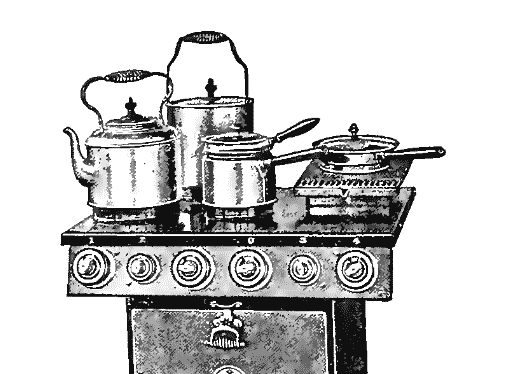<![CDATA[It is unclear when humans, or their ancestors, learned how to cook. Some scientists place the innovation date at just over a million years ago, some put it at a few hundred thousand years ago, while others believe it happened just a few thousand years ago. Now scientists in Croatia are claiming to have found the oldest oven yet discovered at a Neolithic site there, which they believe is 6,500 years old. They discovered the artefact at what experts claim to be one of the most important Neolithic locations in the world, Bapska, a village in eastern Croatia. The ancient oven was actually an Aga, which was used to cook food, heat water and provide central heating for the inhabitants. Over the years, scientists have found a great deal of evidence suggesting that prehistoric humans started to utilize cooking fires about 300,000 years ago. An ancient hearth estimated to be from this time was found in an Israeli cave, which would point to cooking being used. The human brain started growing as a consequence of our shift from plant-based to meat-based foods. During this time we began to utilise heat in different ways to make meat more palatable, through the use of hearths, earth ovens, and flint. The Aga cooker found at the site in Bapka worked on the principle of using relatively low continuous heat to cook food. Lead archaeologist in the study, Marcel Buric, from the Department of Prehistoric Archaeology at Zagreb's Faculty of Philosophy, states that the humans who used the kiln were smart enough to cover it to protect the rest of the building from the fire. The houses in Bapska were built 6,500 years ago and made of wattle, with a hay roof, meaning an open fireplace could have proved disastrous. The cover that was found on the kiln not only served to protect the house from burning, it also acted as insulation ensuring the house was heated for longer periods, especially at night. Buric explains that the inhabitants ate food prepared by the Aga, bathed in water that was boiled by it, and during winter slept in a house that was heated by it - just like today's kitchen ovens. The researchers at the site also found pieces of smelted iron ore by the kiln, which proved to be a significant find, since it dates back to thousands of years before man is traditionally believed to have learned to smelt iron. The remains of a fifteen month old baby were also found in the house, which the scientists believe could have been sacrificed. Buric states that at this time it was common for people to sacrifice their loved ones as a symbol of returning life to the earth, in the hope of encouraging crop growth. They believed that if they sacrificed a treasured life, in this case their fifteen month old baby, there would be better results. Buric stated that the site in Bapka was a place where different cultures met and exchanged ideas. A host of significant discoveries have been made in the area, including antlers, which are believed to be the earliest indication of a hunting trophy. ]]>
Stone Age Oven Found in Croatia
